本文目录导读:
Introduction
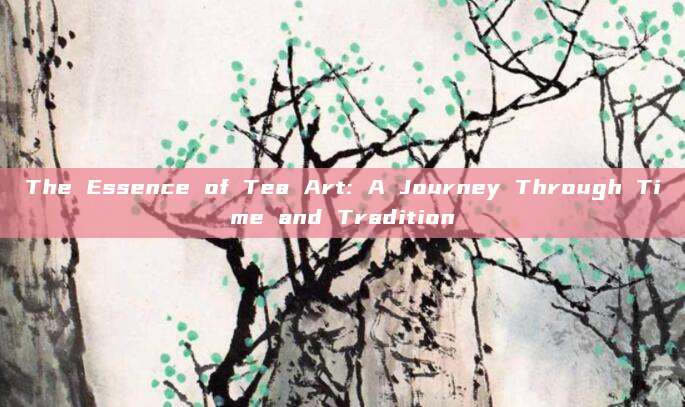
In the realm of Eastern culture, tea is more than just a beverage; it is an art form that embodies the essence of tranquility, wisdom, and elegance. Tea art, or Chado in Japanese, is a practice steeped in history and tradition, transcending mere consumption into a ritual of mindfulness. This article aims to delve into the fascinating world of tea art, exploring its history, principles, and the meticulous steps involved in this age-old practice.
The Historical Context
Tea has been a part of Chinese civilization for over 5,000 years. According to legends, the Chinese emperor Shen Nong discovered tea accidentally while trying to identify medicinal plants. The earliest records of tea consumption in China date back to the 3rd century BCE. Over the centuries, tea drinking evolved from a medicinal practice to a cultural phenomenon, with various regions developing their own unique tea traditions.
Principles of Tea Art
Tea art is grounded in four core principles: respect, purity, tranquility, and harmony. These principles guide every aspect of the tea-making process, from the selection of tea leaves to the preparation and presentation of the final beverage.
Respect
Respect is the cornerstone of tea art. It encompasses not only respect for the tea leaves but also for the tea master, the guests, and the tea utensils. A spirit of gratitude and humility is essential in every tea ceremony.
Purity
Purity is essential for both the tea and the environment in which it is prepared. Tea utensils should be kept clean and well-maintained to ensure the flavor of the tea is not compromised. Purity also extends to the mind and body of the tea master, who must be in a state of tranquility to fully appreciate the art of tea.
Tranquility
Tranquility is achieved through mindfulness and presence. The tea master must be fully engaged in the moment, paying attention to every detail of the tea-making process. This mindfulness allows the tea master to fully appreciate the flavor and aroma of the tea.
Harmony
Harmony is the ultimate goal of tea art. It is achieved through the balance of the tea master, the guests, and the environment. A harmonious tea ceremony creates a sense of connection and shared experience among all participants.
The Tea Ceremony
The tea ceremony, or Chanoyu in Japanese, is the quintessential representation of tea art. It is a meticulously choreographed ritual that involves several steps:
1、Cleaning the Utensils: The tea master cleans all utensils used in the ceremony to ensure purity and flavor.
2、Boiling Water: Water is brought to a boil and then cooled to the appropriate temperature for the type of tea being served.
3、Grinding the Tea Leaves: In some traditions, tea leaves are ground into a powder using a stone mortar and pestle.
4、Preparing the Tea: The tea master prepares the tea according to the chosen method, whether it be whisking Matcha or brewing green tea.
5、Pouring and Serving: The tea is carefully poured into cups, and the tea master serves it to the guests.
The Impact of Tea Art
Tea art has had a profound impact on various aspects of Eastern culture, including art, literature, and architecture. The beauty and elegance of tea rooms and tea gardens are a testament to the influence of tea on design and aesthetics.
Conclusion
Tea art is a timeless tradition that transcends the mere act of drinking tea. It is a practice that encourages mindfulness, respect, and harmony. Whether you are a tea enthusiast or simply curious about this fascinating art form, exploring the world of tea art is a journey worth embarking on.
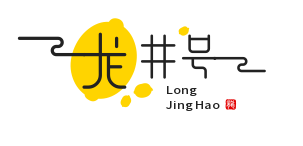

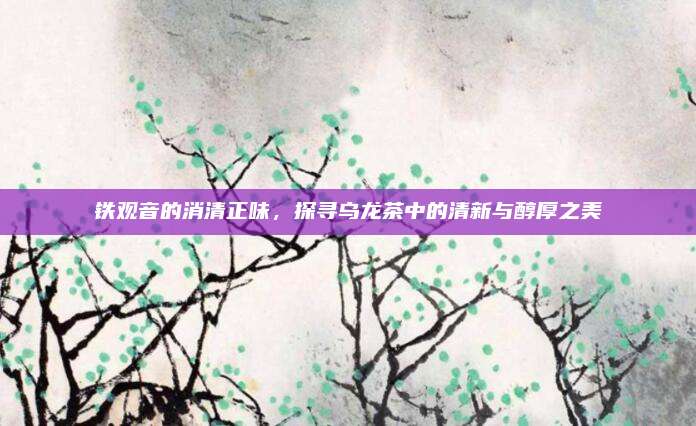
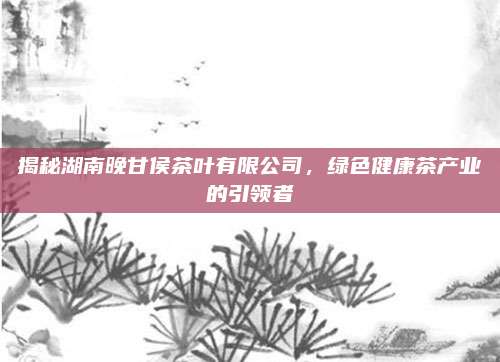
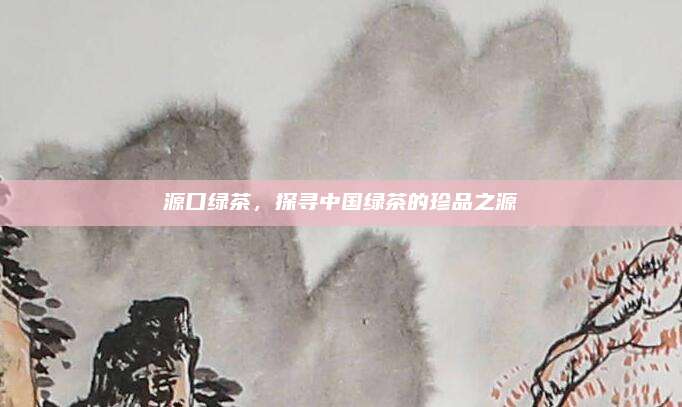
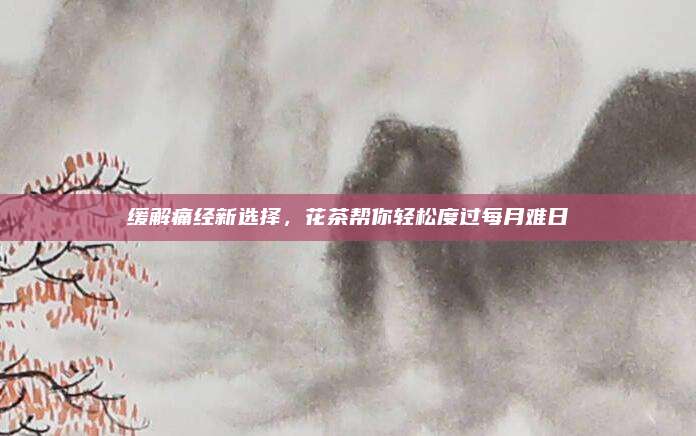
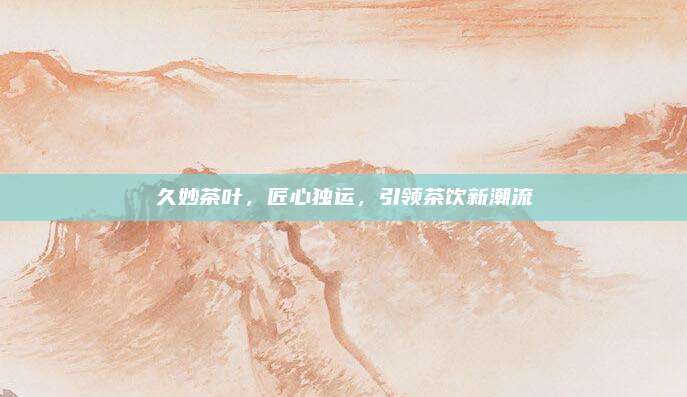
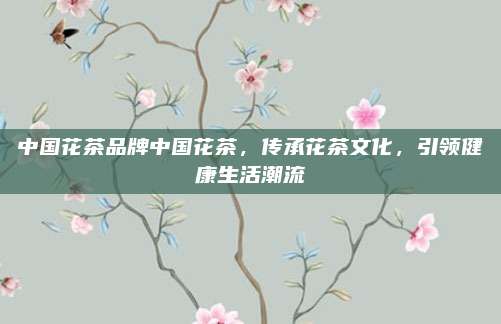
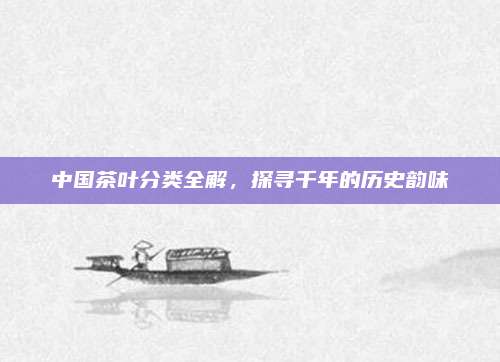
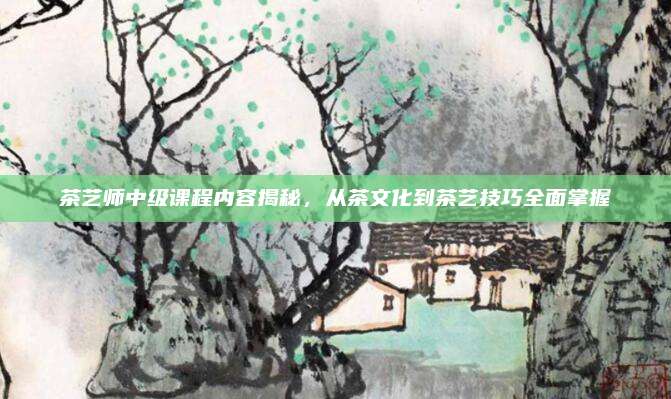




还没有评论,来说两句吧...